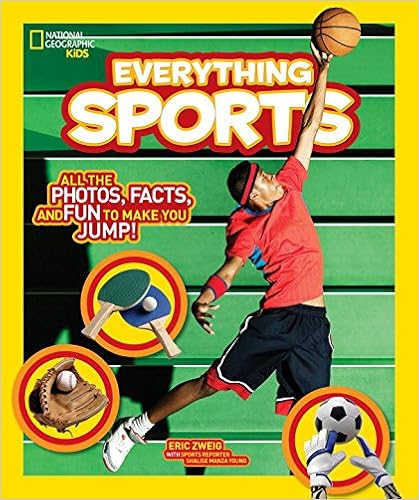One of the sections of my classroom library that is perpetually lacking is the sports books -- both nonfiction and fiction. I struggle with nonfiction because there are so many sports students are interested in and the famous players change with every season, it seems. I struggle with fiction because for every 10 readers who are sporty, 5 like to do sports AND read stories about sports, but 5 like to do sports AND NOT read stories about sports.
So, when students are interested in sports I either send them to the school library or bring them a stack of books from the public library. Another great option is found in the Epic app. Epic is free for educators.
Since the Olympics are on, there's bound to be an upswing in requests for sports books. In addition to the offerings on the Epic app, these two newer National Geographic titles are sure to be popular:
Kids love to browse the National Geographic Weird but True! books. Where else can you learn tidbits of information about the Pig Olympics, Skijoring, and Bo-Taoshi?
This thin volume is packed with sports information and nonfiction minilessons (table of contents, diagram, pictures and captions, compare/contrast, main ideas and details, headings, and an interactive glossary (multiple choice quiz with the answers at the bottom of the page).






























